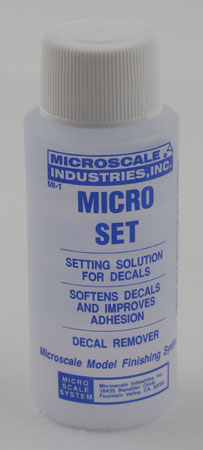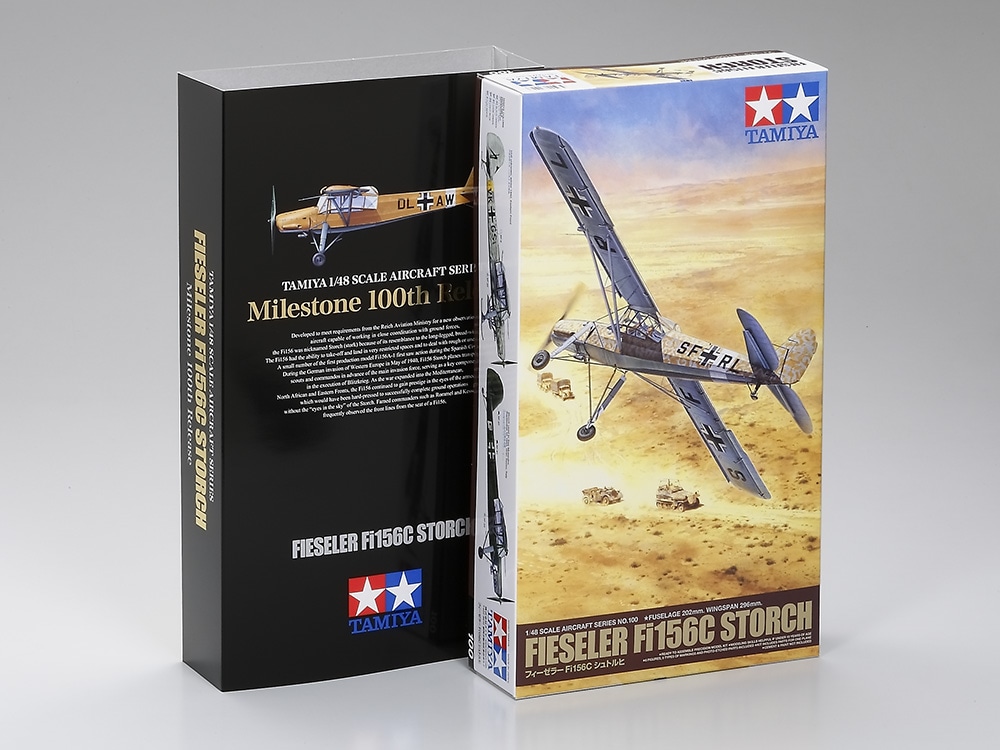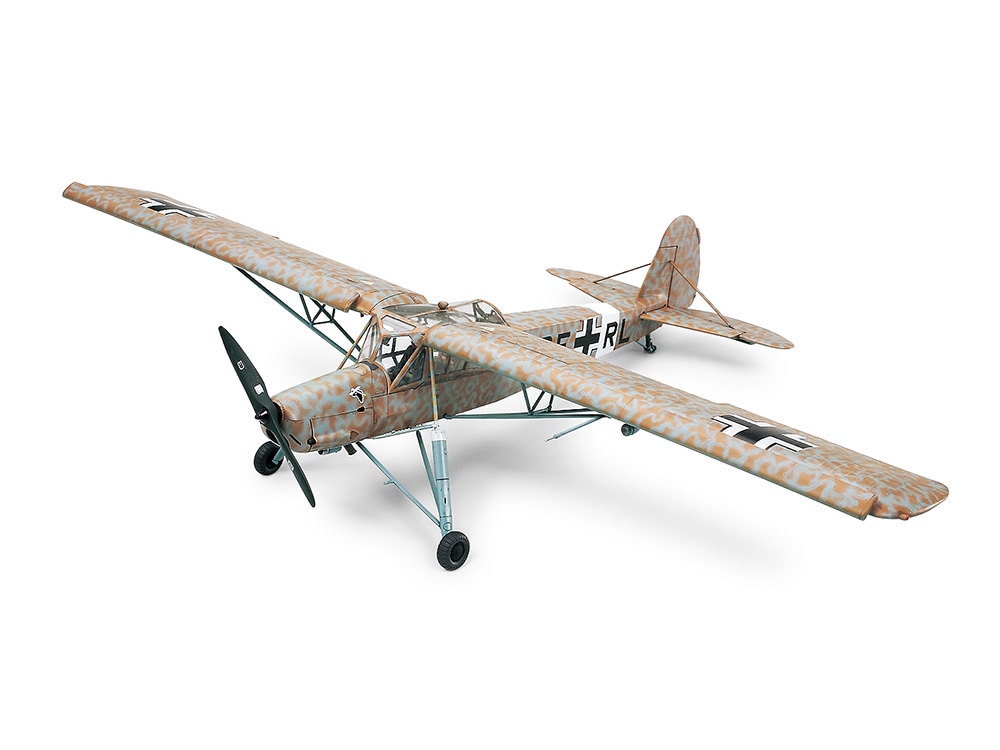Tamiya Fieseler FIL56C Storch 1/48 61100
Original price was: £59.99.£50.99Current price is: £50.99.Save £9.00
In stock Product is on the shelf in our store and can usually be dispatched the same day if ordered before 14:30, or collected from the store once order confirmation is received
Description
Description
Tamiya Fieseler FIL56C Storch 1/48 61100
Eyes in the Sky
During WWII the Fieseler Fi156C was used at every front. It had the wonderful ability of taking off and landing over a short distance on both smooth and rough surfaces, and was often used for reconnaissance and liaison. This plane has been added to the 1/48 Aircraft Series as a milestone 100th Release. additionally, famous military commanders such as Rommel frequently observed the front lines from the Fi156. A set of six figures including a pilot and officer is included allowing you to easily reproduce a variety of scenes such as Rommel giving instructions to a staff officer.
About the Model
This is an assembly kit of the Fieseler Fi156C Storch. ★Length 202mm, Wing Span 297mm. This model shows the Fi156C’s ability to take off and land in restricted areas. ★The main wing joins the Fieseler Fi156s delicate body at the canopy which is molded to the metal main wing spar and stilt. ★A choice of 3 kinds of canopies, belly tanks, and skis for winter. From the many extra parts provided, you are able to build a Fieseler Fi156C to your own liking. ★Choice of an open or closed embarkation hatch, as well as the position of the main wings flap, up or down. ★Has 5 kinds of markings for either General Rommels embarkation plane or the Mussolini rescue plane. ★Comes in a “Milestone 100th Release” package . About the Fieseler Fi156C Storch: The German Fieseler Fi156, affectionately known as Storch (Stork), was developed nearly 70 years ago to achieve STOL (Short Take Off and Landing) performance, which is still an important theme today. It is a rare aircraft that has achieved this wonderful feat. At first glance, the aircraft may look delicate, but every detail is essential, and the meticulous design philosophy never ceases to fascinate airplane fans. The aircraft body, the large and long wings, the wide field of view that covers all directions, and the long stroke main landing gear that takes into account takeoff and landing on rough ground are all excellent. In addition, the engine was designed to keep the fuselage slender. However, it was a tough aircraft, avoiding the radial type that was common in air-cooled aircraft at the time, and instead using an inverted V8 engine. It continued to be used in many countries from its first flight in 1936 until the 1960s, even after Germany’s defeat in the war. This makes it a truly unique machine. Read on for more details on the actual machine included with the kit!
Specification
Specification
| Brand | Tamiya |
|---|---|
| Scale | 1:48 |
Reviews
Only logged in customers who have purchased this product may leave a review.
You may also like…
-

PLATO 170 131mm Flush Side Cutter
Product Code: PLAFO
£5.99In stock Product is on the shelf in our store and can usually be dispatched the same day if ordered before 14:30, or collected from the store once order confirmation is received
-

TAMIYA LIQUID CEMENT 40ML 87003
Product Code: 87003
£3.49Supplier stock Product is currently available from our supplier and can usually be dispatched within a few days.
-
10% OFF

Tamiya Extra Thin Cement (Quick-Setting) 87182
Product Code: 87182
Original price was: £4.99.£4.49Current price is: £4.49.Save £0.50In stock Product is on the shelf in our store and can usually be dispatched the same day if ordered before 14:30, or collected from the store once order confirmation is received
-
10% OFF

TAMIYA EXTRA THIN CEMENT 40ML 87038
Product Code: 87038
Original price was: £4.75.£4.28Current price is: £4.28.Save £0.47In stock Product is on the shelf in our store and can usually be dispatched the same day if ordered before 14:30, or collected from the store once order confirmation is received
-

Microscale Microscale Micro Set MSSET
Product Code: MSSET
£4.99In stock Product is on the shelf in our store and can usually be dispatched the same day if ordered before 14:30, or collected from the store once order confirmation is received
-

Microscale Microscale Micro Sol MSSOL
Product Code: MSSOL
£4.99In stock Product is on the shelf in our store and can usually be dispatched the same day if ordered before 14:30, or collected from the store once order confirmation is received














Reviews
There are no reviews yet.